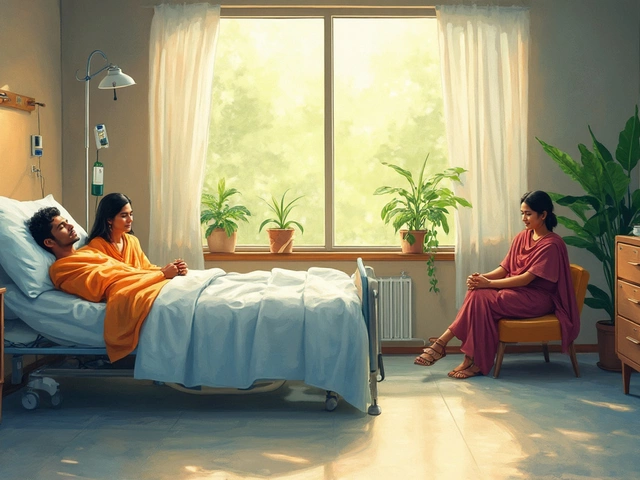Types of Mental Illness: Common Disorders, Symptoms, and What Helps
When we talk about types of mental illness, distinct conditions that affect mood, thinking, and behavior, often requiring medical or psychological support. Also known as mental health disorders, these aren’t just "feeling down"—they’re real, measurable, and treatable brain-based conditions that impact daily life. Millions of people in India and around the world live with these every day, often silently, because of stigma or lack of awareness.
One of the most common is anxiety disorder, a group of conditions including generalized anxiety, panic attacks, and social phobia, marked by persistent fear or worry that doesn’t fade. It’s the most diagnosed mental disorder worldwide, affecting over 260 million people, according to global health data. Then there’s severe mental disorder, a category that includes conditions like schizophrenia and bipolar disorder, where reality perception, mood swings, or thought patterns become dangerously disrupted. These aren’t rare outliers—they’re part of the landscape of mental health care in India, with rising diagnosis rates in urban and rural areas alike.
Some disorders are more hidden than others. most painful mental illness, a term used by patients and clinicians to describe conditions that cause constant emotional suffering, like borderline personality disorder or treatment-resistant depression, doesn’t always show up on a scan—but the daily toll is real. People describe it as emotional drowning, where even small tasks feel impossible. And while depression and anxiety get the most attention, disorders like OCD, PTSD, and eating disorders are just as debilitating, often going undiagnosed for years because people think they should just "snap out of it."
What ties these together? They’re not choices. They’re not weaknesses. They’re brain conditions influenced by genetics, trauma, environment, and sometimes, biology we don’t fully understand yet. The good news? Treatment works. Therapy, medication, lifestyle changes, and community support can make a massive difference—even for the most severe cases. What’s missing for many in India isn’t hope—it’s access, understanding, and the courage to speak up.
In the posts below, you’ll find real stories and facts about what these conditions feel like, how they’re diagnosed, and what actually helps people get better. From the most diagnosed mental disorder to the most painful ones, these articles cut through the noise and give you clear, no-fluff answers. No jargon. No sugarcoating. Just what you need to know—if you’re struggling, helping someone else, or just trying to understand.





